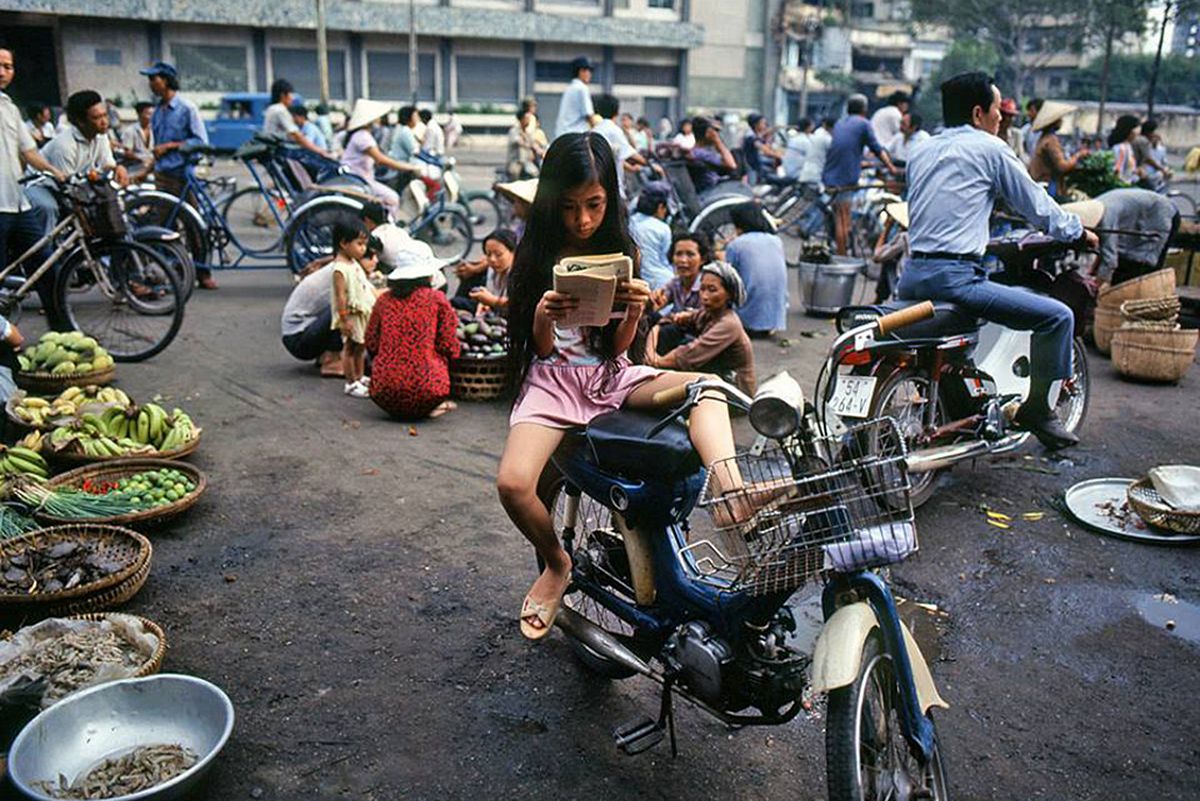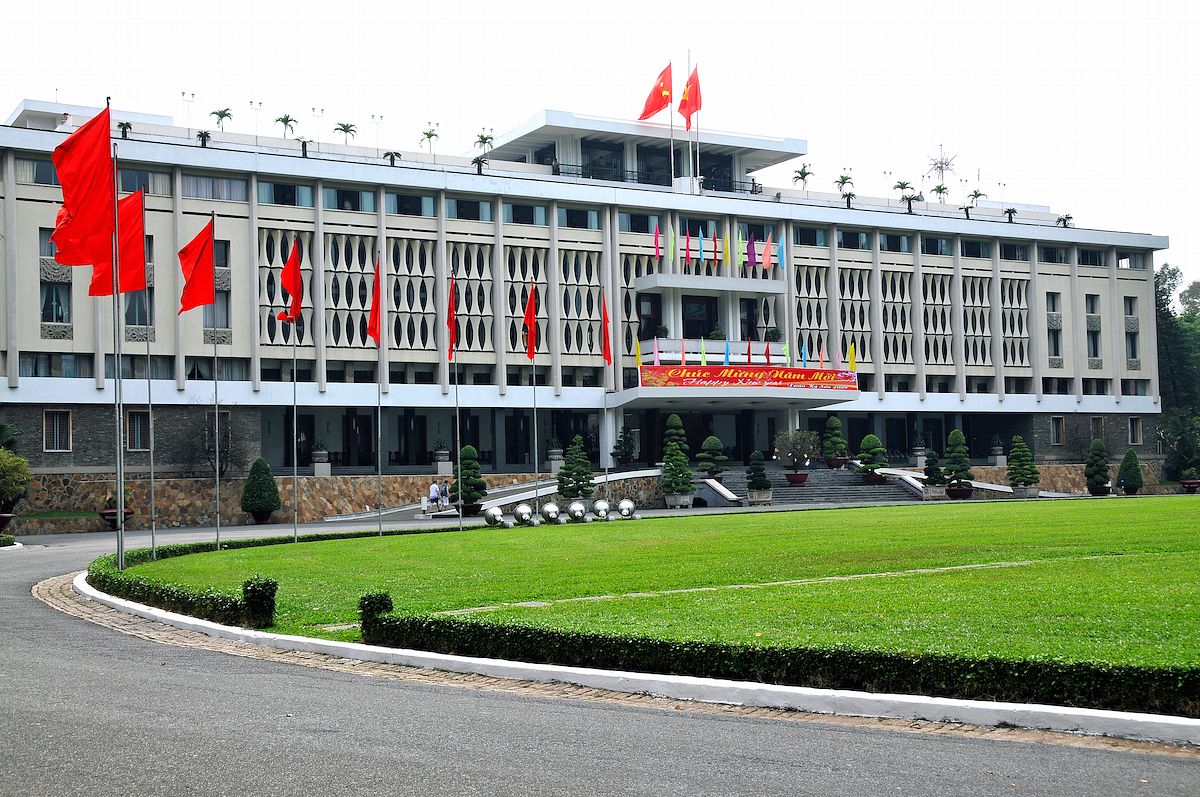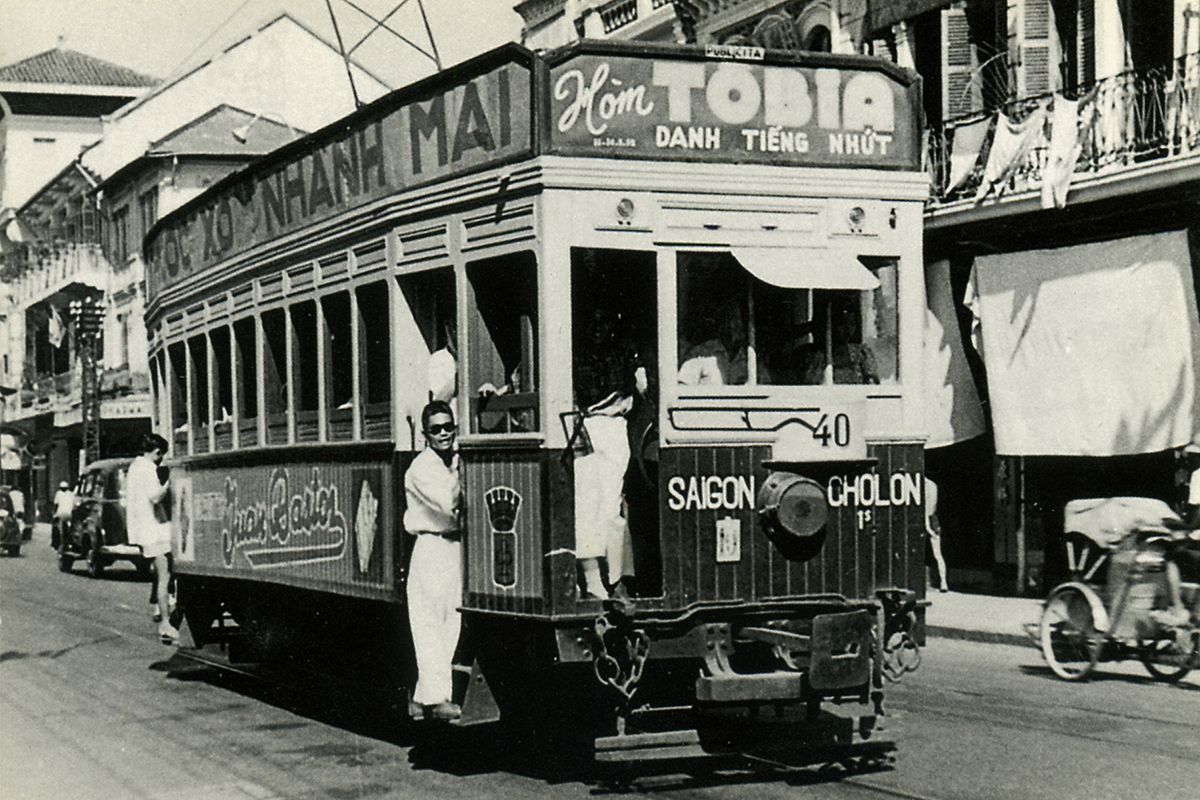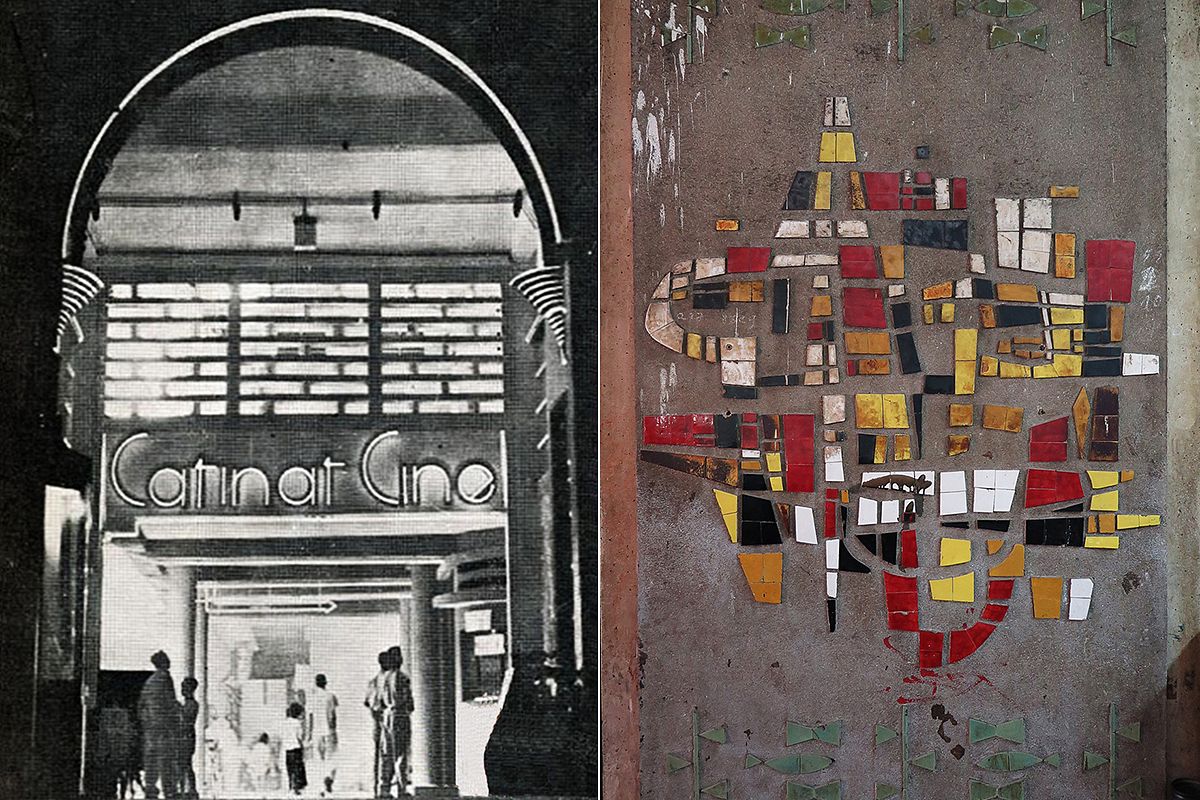Even if you’re in need of a refresher on Vietnamese history, chances are you know the name Nguyen Du. The 19th-century statesman and poet is often known as the father of Vietnamese literature, and his epic poem Truyen Kieu is easily the country’s most famous work.
Born in 1765 in what was then Thang Long (and is now Hanoi), Du came from a well-educated and influential family. His father served as a prime minister under the country’s Le dynasty, and when Du passed his own mandarin exams at age 19, the young man joined the Le administration, holding several modest military posts in the government.
Du's career took a left turn, however, when the Le dynasty fell in 1787. Following this change in power, he briefly assisted in attempts to restore the Le dynasty to power but eventually realized it was in vain, retreating out of the public eye.
However in 1802, Emperor Gia Long ascended the throne, marking the start of the Nguyen dynasty, and Du was called upon by the new monarch to serve his country. Given his loyalty to the former dynasty, Du was conflicted about taking the job but eventually accepted.
Under the Nguyens, Du was successful at his job, and in 1813 the emperor appointed him to lead a delegation to Beijing. There are conflicting reports about when, exactly, Du began writing Truyen Kieu, however it was around this time that the poet became inspired by a Chinese novel from the Ming dynasty entitled Kim Van Kieu. It was this story that Du adapted when writing Truyen Kieu, emphasizing themes of personal and social responsibility and tailoring the tale to Vietnamese audiences. The story follows Thuy Kieu, a beautiful, well-educated young woman who falls in love but is forced along a difficult path when her family falls on hard times.
Upon its publication, Truyen Kieu was an instant success and, to this day, remains one of Vietnam’s most famous literary works. The epic tale was written in 3,254 couplets, a common literary framework at the time, which made the story accessible to everyone from illiterate peasants to well-read imperial officials.
Du also penned the story in chữ Nôm, or Vietnamese characters adapted from Chinese script. According to the Nom Foundation, an organization which works to preserve chữ Nôm, there is no one definitive version of the story today but rather multiple renditions of Truyen Kieu. The foundation keeps several versions of the poem on its website, from an early incarnation in 1866 to a 1904 edition, for visitors to read.
Beyond Truyen Kieu, Du penned a host of other works in Vietnamese and Chinese. The poet was later assigned to two other diplomatic missions bound for Beijing but died in Hue in 1820 – Du refused treatment for his illness – before leaving on the final mission.
Today, Nguyen Du's namesake street lies in the heart of downtown District 1, running from Ton Duc Thang in the northeast past Notre Dame Cathedral, the southern end of the Reunification Palace and Tao Dan Park in the southwest before ending at Cach Mang Thang 8.















